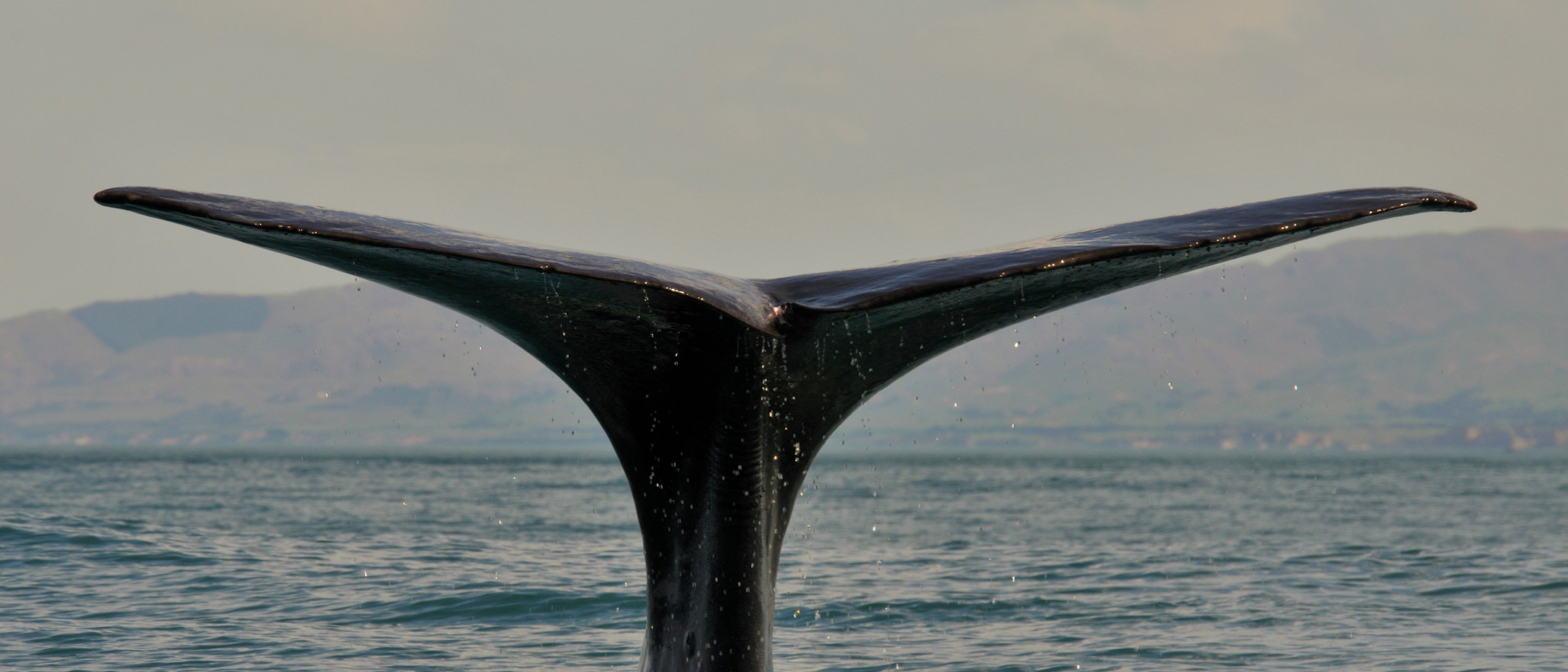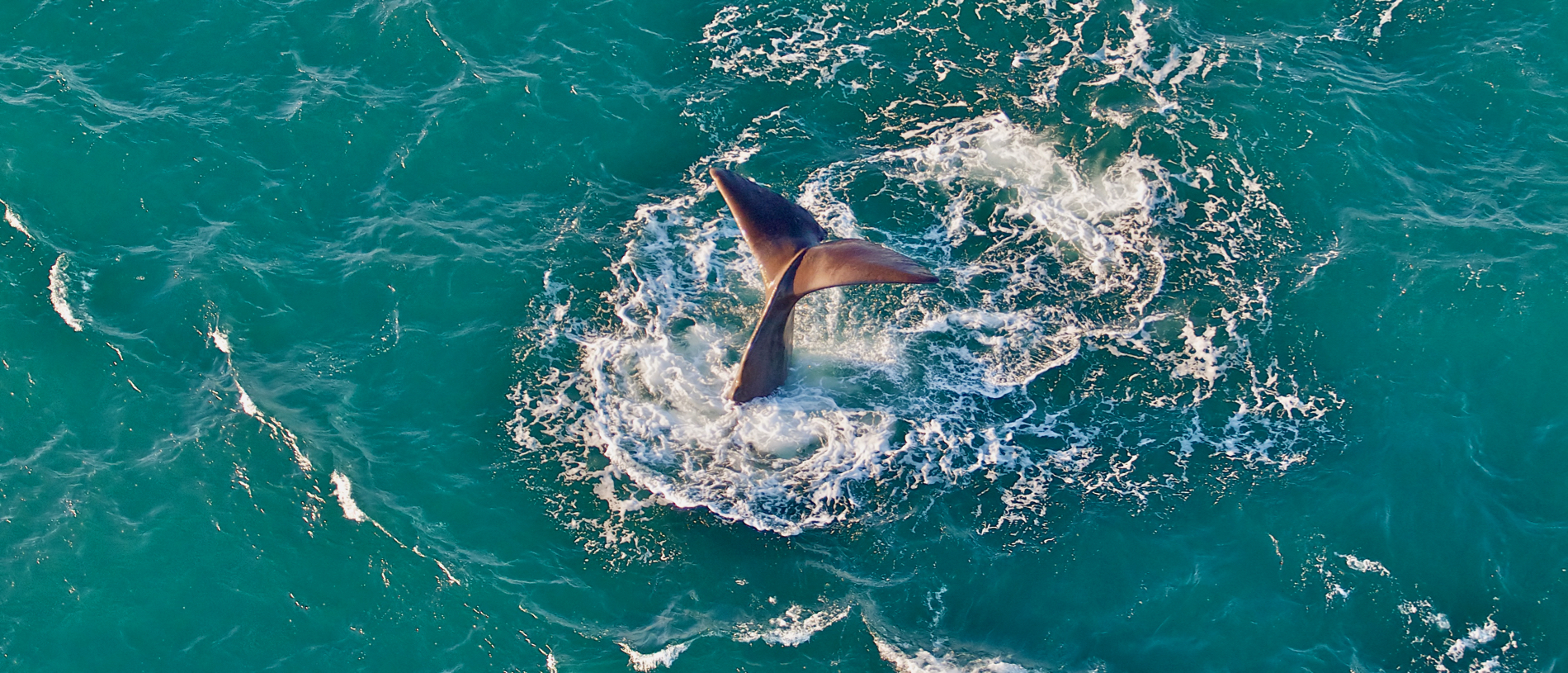
Whale watching: close encounters on the water
The Hikurangi Trench off the coast of Kaikōura is home to a wealth of deep-sea marine life, including orca, blue and humpback whales.

At depths of between one and two kilometres, the Kaikōura Trench is the deepest water, closest to shore in the world. This is why Kaikōura is visited by a vast array of marine wildlife – dolphins, seals and some truly magnificent whales.
Sperm Whales are the resident whale species in Kaikōura, although Humpbacks and Orca are also common sights. The whales visit the coastline on their migratory route from Tonga. They breed in the warm, tropical sea of the Pacific Islands, then journey to nutrient-rich waters of the Canterbury coastline when they’re about 15 years old.
At more than 20 metres long, Sperm Whales are the third largest whale in the world and also the loudest. Their sonar clicks are the equivalent volume to a rocket launching and are used to locate and paralyse their prey.
We learn these fascinating facts from our pilot and guide at Kaikōura’s Wings over Whales before boarding our aircraft. Once airborne with our headphones on it’s too loud for commentary, so we settle for grins and thumbs ups in our seats.
Designed with overhead wings and unobstructed large windows, the small plane is ideal for viewing the ocean and its inhabitants from above.
As we head out to sea, the ocean shifts from turquoise to ink as we fly over the deep undersea canyon, swooping in gentle circles with our noses pressed to the glass.
Below us, a whale watching tour boat acts as a beacon, and sure enough, with a burst of white spume at the surface, there is the incredible shape of a Sperm Whale. The boat is immediately dwarfed by the magnificent animal.
Whales are fairly predictable – as much as a wild animal can be. They dive deep into the ocean for around 45 minutes to feed, then spend about 10 minutes at the surface.
Our plane whirls in a whale-centred vortex, like water circling a plug hole. The horizon disappears and the soaring mountains of the Kaikōura range swing in and out of view. It pays to have a strong stomach.
Once our whale friend has re-submerged, the pilot takes us further up the coast to fly over the Kaikōura township and we watch frothy surf crashing on the peninsula recently reshaped by earthquakes. Rugged, bare rocks are dotted with minuscule people and the even smaller specks of resident fur seals.
Close to shore where the water is vibrant teal, hundreds and hundreds of dolphins splash and leap and frolic, clustered in pods; circling around boats. The water is truly alive here.
As we come in to land, our plane swoops low over the black sand beach, lined with fishermen hoping to take their own share from the bountiful sea.